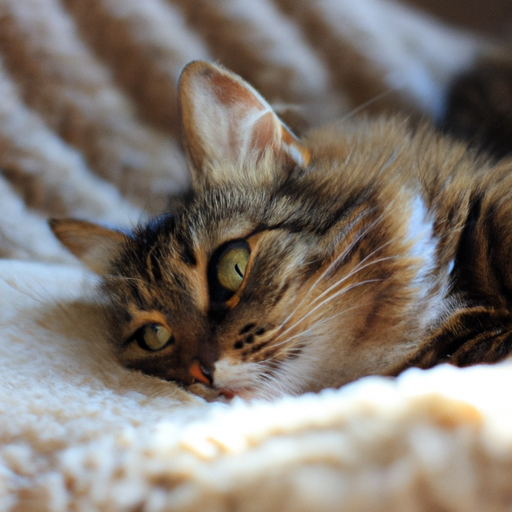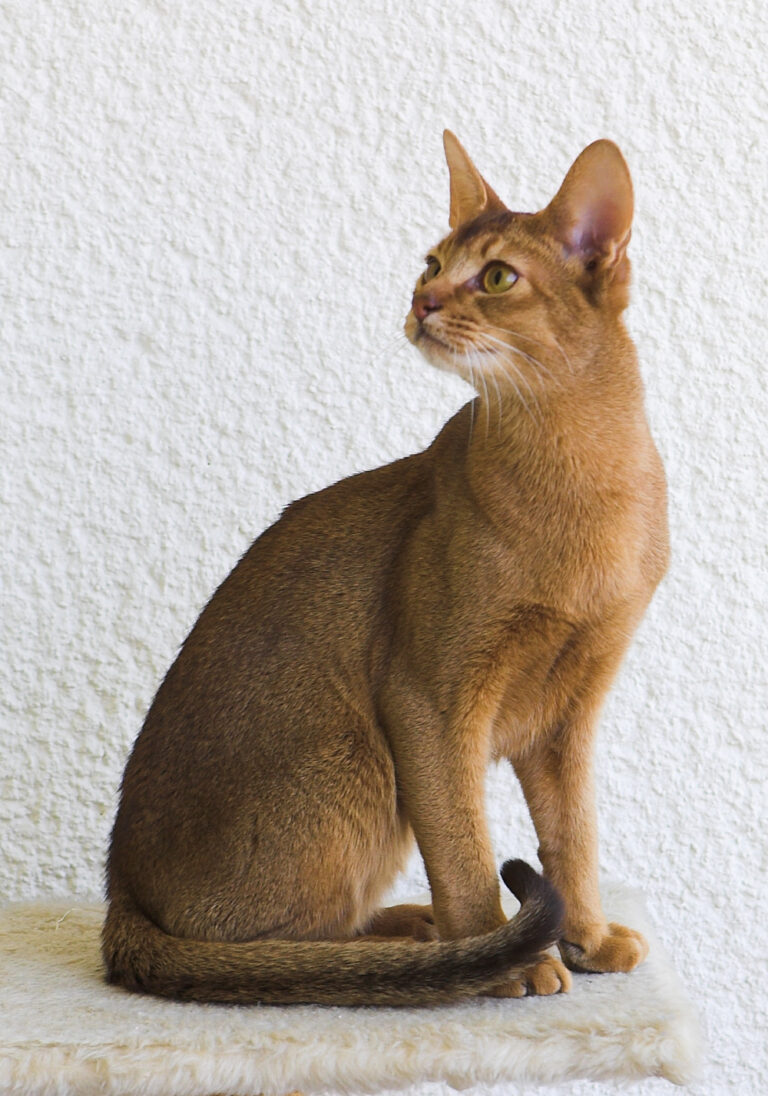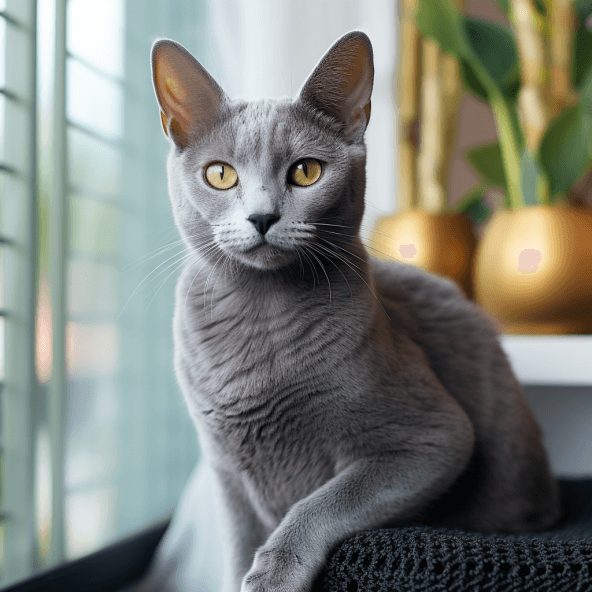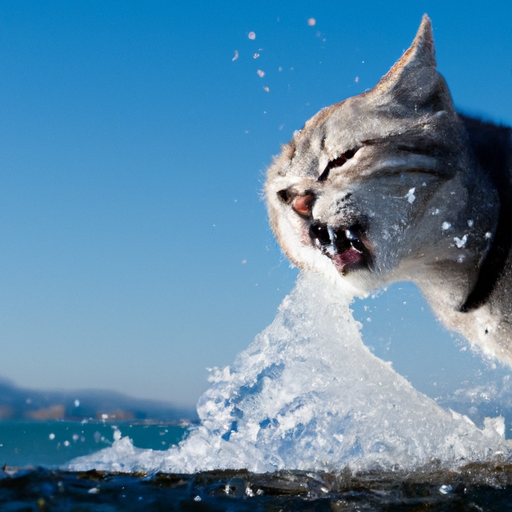When Do Cats Go Into Heat?
Are you a new cat owner, perhaps? It’s essential to wrap your mind around the subtleties of feline behavior to ensure your pretty little furball stays healthy. “When Do Cats Go Into Heat” is a comprehensive guide that sets the spotlight on one crucial aspect of cat care: the heat cycle. This article clarifies when cats go into heat, and guides you through feline fertility and behavioral changes during this period. Knowledge is the key to ensuring your cat navigates this phase comfortably. So, tighten your seatbelts for a journey through the intriguing world of cat behavior.
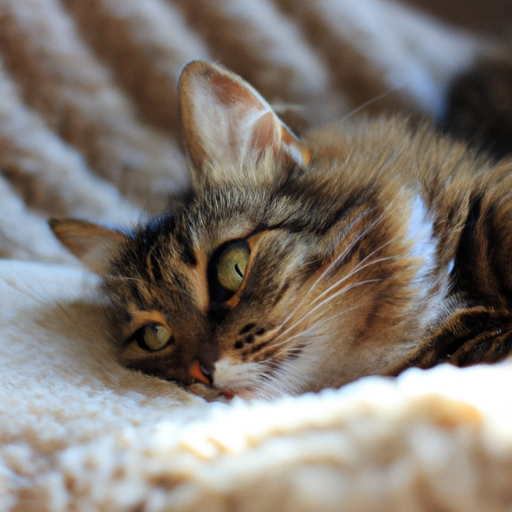
Understanding Cat Reproduction
Have you ever wondered about the details behind the seemingly complex process of cat reproduction? Well, you’re in for a fascinating exploration! Cat reproduction is a captivating subject which, once understood, can help us become more compassionate caretakers of our furry companions.
Basic Knowledge about Feline Reproduction
Before delving deeper, let’s get the basics straight. Cats are seasonal breeders, which means their reproductive cycles are influenced by the season, daylight duration, and temperature. A female cat, referred to as a queen, can begin to have these cycles, known as heat cycles, when they reach sexual maturity at around six months of age.
Differences Between Human and Feline Reproduction
Feline reproductive processes are uniquely different from human reproduction. While human ovulation is cyclical and non-dependant on sexual activity, a cat ovulates solely due to the stimulation received during mating. Additionally, unlike humans, cats don’t have a menstrual cycle and don’t bleed during heat cycles.
The Cat’s Heat Cycle
Wondering what exactly the term ‘heat cycle’ refers to? And what are its phases? Well, your answers are here!
What is a Heat Cycle
A cat’s heat cycle, also known as the estrous cycle, is the period during which the female is sexually receptive and can mate with males. It comprises several stages that repeat until the cat becomes pregnant or the daylight decreases (in seasonal breeders).
Phases of the Feline Heat Cycle
Various identifiable phases occur in the cat’s heat cycle, including proestrus, estrus, metestrus, and anestrus. The proestrus lasts for 1-2 days and is marked by males showing interest, but the queen being non-receptive. Estrus, commonly referred to as ‘being in heat’, lasts between 3-7 days, the queen is receptive, and this is when ovulation occurs. Metestrus or diestrus occurs if the queen gets pregnant, and if not, then she’ll return to heat. Finally, anestrus is the resting stage, usually aligned with the shorter daylight of winter months.
When Does a Cat Go Into Heat?
Ready to delve into the timing of these mysterious heat cycles? It’s slightly unpredictable, but there are some patterns you can watch for.
First Heat Cycle in Cats
A female cat typically experiences her first heat cycle, or goes ‘into heat’, between six to nine months of age. However, in some cases, it can be as early as four months. The exact timing can depend on several factors including the breed, health, and living conditions of the cat.
How Often Cats Go Into Heat
Once a cat starts her heat cycles, she will go into heat approximately every two to three weeks until she is bred or the breeding season ends.
Seasonal Factors Affecting Heat Cycles
The duration and frequency of a cat’s heat cycles can be largely influenced by external factors like daylight and temperature. Cats are typically long-day breeders, beginning their cycles in the warmer months when daylight hours are longer.
Symptoms of a Cat in Heat
What signs should you watch for to recognize a cat in heat? They include both physical signs and behavioral changes.
Physical Signs of a Cat in Heat
Physical signs of a cat in heat may include a swollen vulva, increased grooming, especially around her genitals, and possibly a slight bloody discharge, although this is less common in cats than in dogs.
Behavioral Changes in a Cat in Heat
Being in heat can significantly change a cat’s behavior. She may become more affectionate or overly restless, constantly rub up against furniture or people, engage in loud vocalization, pace frequently, or develop an increased urge to escape outdoors to find a mate.

How Long Does a Cat Stay in Heat?
The duration of a cat’s heat cycle can be a concern for many pet owners due to the associated behaviors, but how long it lasts can vary.
Duration of the Heat Cycle
Generally, a cat stays in estrus, or heat, for about a week but it can range between three and fourteen days. However, after a short break, if the cat doesn’t mate and become pregnant, she will return to estrus.
Factors Affecting Heat Cycle Length
Several factors can influence the length of a female cat’s heat cycle. These include breed, age, and overall health status. Factors like diet, weight and stress levels can also have an impact.
Can Cats go into Heat while Nursing?
A fact that surprises many is that cats can indeed go into heat while nursing their kittens. Let’s explore this a bit further.
Understanding Post Pregnancy Heat
A nursing mother cat can go back into heat as soon as a couple of weeks after giving birth. This heat is no different from any other cycle and could potentially result in a new set of kittens even before the previous litter is weaned off.
Dealing with a Nursing Cat in Heat
When dealing with a nursing cat in heat, it’s important to keep her indoors and away from male cats to prevent another pregnancy. A second pregnancy when she’s still nursing can lead to health issues for the mother and the kittens.
Breeding Patterns in Cats
Let’s now explore the typical breeding patterns in cats and how heat influences their mating behavior.
Typical Breeding Cycle of Cats
Unlike dogs, cats don’t have any fixed breeding patterns and can mate any time throughout the year, as long they are in the reproductive age and the environment is conducive. Cats also have induced ovulation which means they only release eggs after mating.
Influence of Heat on Cat’s Mating Behavior
The heat cycle plays a vital role in a cat’s mating behavior. A female cat in heat will use both vocal and physical cues to signal her receptivity to males. Male cats, in response, can become more territorial and may get frequently involved in fights to claim the female.
Health Risks Associated with Cat Heat Cycles
Heat cycles may pose certain health risks for cats. These can be both immediate, during the heat cycle, or impact her health in the long run.
Possible Complications during Heat
During heat, a female cat may face an increased risk of contracting bacterial infections, or issues like pyometra (pus in the uterus). Their changed behavior during heat might also put them at risk of injury or accidents.
Long-Term Health Risks Associated
Repeated heat cycles without breeding can also have potential long-term health risks. These can include conditions like mammary cancer or repeated instances of pyometra.
Preventing and Managing Cat Heat Cycles
Cat owners often seek ways to manage or prevent heat cycles due to the disruptive or risk-associated behaviors. Here we’ll explore your options, including spaying.
Pros and Cons of Spaying
Spaying is a surgery that removes a cat’s ovaries and uterus. It effectively prevents heat cycles and the associated behaviors and also mitigates the potential health risks. However, just like any surgery, it does come with its own risks and side effects, and recovery requires careful management.
Non-Surgical Options for Heat Cycle Prevention
For people who don’t want to choose surgery, certain medications are available that can suppress the heat cycles. However, these should only be used under veterinary supervision as they have potential side effects and aren’t usually recommended for long-term use.
Managing Cat Behavior during Heat
Even without medical or surgical intervention, cat owners can employ techniques to manage heat cycles at home. This includes providing extra attention and enrichment, secluding the cat from males, and maintaining a calm and comforting environment.
How Veterinarians can Assist
When it comes to cat reproduction and heat cycles, never underestimate the value of professional veterinary advice.
Veterinary Visits during Heat Cycles
It can be beneficial to schedule regular vet visits during your cat’s reproductive period for professional advice and monitoring. This can help detect potential issues early and manage the heat cycle better.
How Veterinarians can Help during Cat’s Heat Cycle
Veterinarians can assist in multiple ways during your cat’s heat cycle, from providing advice on managing the cat’s behavior, recommending suitable preventive measures, treating any cycle-related issues, or even performing the spaying surgery if decided upon.
Navigating the waves of feline reproduction and heat cycles can be challenging, but ultimately rewarding. A deeper understanding of these processes can foster a more empathetic bond with your beloved pet. Remember, knowledge is the key to being a responsible and caring pet parent. Happy cat parenting!

